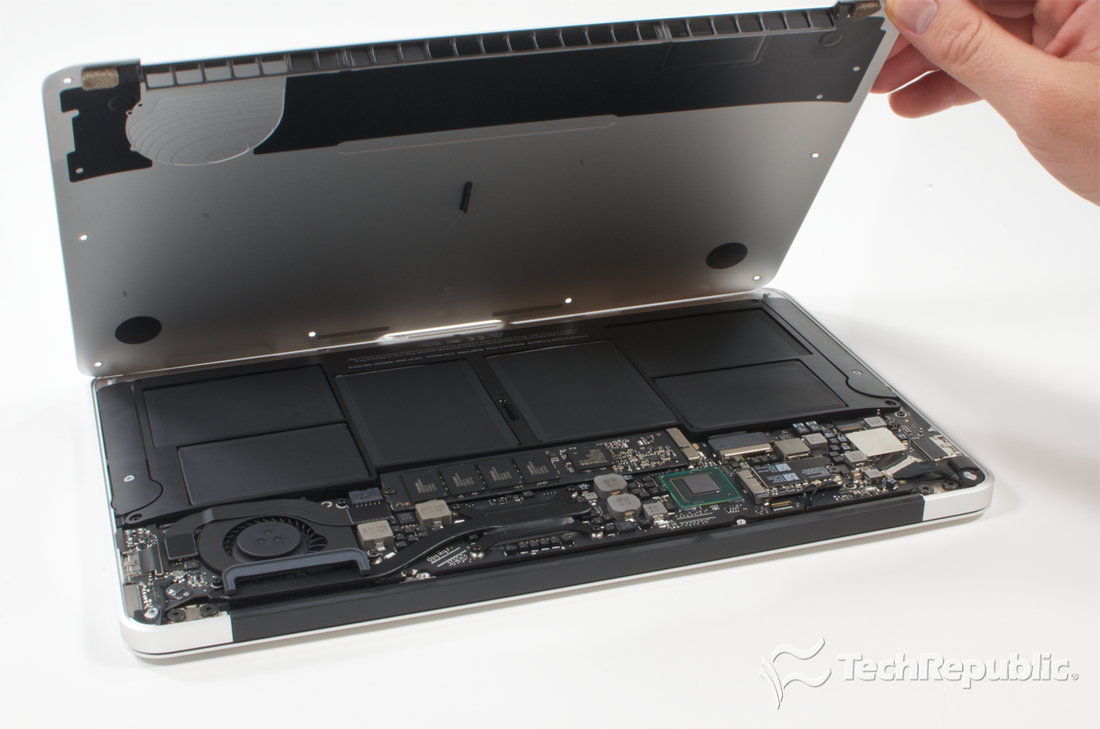
Will a MacBook Air Get Damaged If You Don’t Use It for a Long Time?
A common question that often comes up is: Will a MacBook Air get damaged if it’s left unused for a long time?
What potential risks should you be aware of when storing your MacBook Air for months or even years?
1. Let’s go through these questions step by step.
A MacBook Air won’t necessarily “break” just because you leave it unused for a while. However, improper storage or neglect can cause issues such as battery failure, hardware degradation, and software instability over time.
If you leave your MacBook unused for two years without maintenance, the battery could drain completely, enter a deep discharge state, and fail to charge again—meaning you’d likely need to replace the battery.
These problems often stem from three main causes:
-
Deep discharge of lithium-ion batteries
-
Hardware aging during prolonged inactivity
-
Outdated software and firmware
The Battery — The Most Vulnerable Component
Even when powered off, a MacBook Air battery continues to self-discharge slowly.
When its charge drops below 5%, it can trigger a “deep discharge protection” mechanism, potentially rendering the battery unable to recharge.
This is because lithium-ion batteries are sensitive to both over-discharge and overcharge.
A fully drained battery may cause structural collapse of electrode materials, while long-term full charge storage can accelerate lithium dendrite growth, both of which lead to irreversible battery capacity loss.
Apple officially recommends storing your MacBook battery at around 50% charge and recharging it every six months to maintain battery health.
Hardware and Software Degradation Risks
Prolonged inactivity can cause hidden hardware and software deterioration.
For example:
-
SSD (solid-state drive) may lose stored charge, leading to data corruption or bad sectors.
-
Dust accumulation in the cooling system can block airflow, causing the CPU to throttle or overheat on the first boot.
-
Outdated macOS versions might no longer be compatible with essential security patches or drivers, resulting in boot errors or kernel panics.
-
A MacBook Air that’s been idle for six months might not even run basic productivity apps due to software version mismatches.
2. Common Long-Term Storage Risks
Here are the main risks to be aware of if your MacBook Air has been unused for a long time:
Battery damage
A lithium-ion battery left in a low-charge state for too long may fail to charge or lose most of its capacity.
Even when plugged in, a “dead” battery may not respond, requiring replacement.
Humidity and oxidation
Moisture can penetrate the logic board and oxidize metal contacts (such as memory slots or connectors), leading to short circuits or corrosion.
In severe cases, oxidation can cause sparks or smoke when powered on.
Dust accumulation
Dust can clog fans and vents, leading to overheating or automatic shutdowns.
Static buildup from dust can damage delicate components when powered on.
Capacitor failure and hardware aging
Electrolytic capacitors may dry out if not powered for long periods, preventing the motherboard from booting.
Mechanical hard drives (if applicable) may develop stiction or oil coagulation, increasing startup friction.
The CMOS battery may drain completely, resetting BIOS settings and causing boot errors.
Ultimately, long-term inactivity can lead to system instability or even boot failure.
3. How to Safely Reactivate a MacBook Air After Long-Term Storage
If your MacBook Air has been unused for months or years, follow these steps to safely bring it back to life:
Step 1: Pre-Startup Preparation
Allow the MacBook to acclimate
Move it to a ventilated, dry environment for 1–2 hours to stabilize internal temperature and humidity, preventing condensation or short circuits.
Clean the device
Exterior: Wipe the case with a soft cloth and clean the ports (USB, HDMI, etc.) with cotton swabs.
Interior: If possible, remove the bottom cover and clean dust using a soft brush or compressed air (ensure the MacBook is completely powered off).
Key components: Reseat the memory module or SSD if accessible.
Check the power supply and battery
Plug in the charger and let the battery charge for at least one hour before attempting to power on.
If there’s no response, the battery may need replacement.
Step 2: First Boot Process
Minimal connection startup
Connect only essential components (charger, single memory module, display).
Check if fans spin or if there’s any power indicator response.
Safe mode and system repair
If you see the Apple logo but can’t boot into macOS, try entering Safe Mode (press and hold Shift while booting).
Uninstall faulty drivers or perform a system restore.
If needed, use a USB installer to repair the startup disk or reinstall macOS (backup data first).
4. Best Practices for Long-Term MacBook Storage
To avoid damage during long-term MacBook Air storage, follow these professional maintenance guidelines:
-
Control the environment:
Store the MacBook in a cool, dry place (10°C–35°C). Avoid direct sunlight or heat sources—high temperatures shorten battery lifespan dramatically. -
Periodic activation:
Power on the laptop every 2–3 months for at least 30 minutes to circulate components (fans, SSD, etc.) and run software updates. -
Remove peripherals:
Disconnect all accessories (chargers, docks, external drives) before storage to prevent static discharge or port oxidation.
The Apple M-series MacBook Air uses a unified memory architecture, which generally tolerates long-term storage better than older Intel-based laptops.
However, this doesn’t mean you can ignore regular maintenance.
Instead of worrying whether your MacBook will “go bad” in storage, focus on using it wisely and maintaining it properly.
After all, the true value of your MacBook Air lies in its use, not in how long it sits idle — and proper long-term storage practices simply ensure that it will still perform reliably when you need it most.
If you need a reliable and compatible replacement battery for your MacBook, you can explore high-quality options at Applebattery.com
Looking for more tips on MacBook battery replacement, calibration, or troubleshooting? Visit: applebattery.com/zh-hans/blogs/support for helpful guides and resources.
